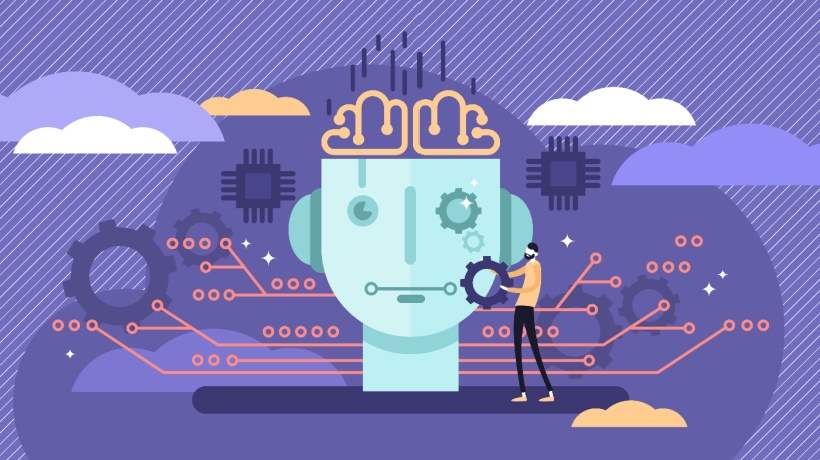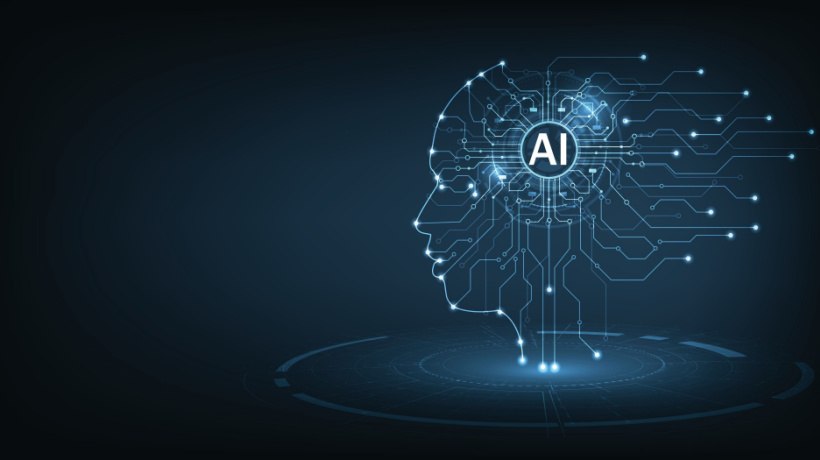Cutting Through The Hype: Is Developing AI For eLearning Worth It?
Imagine standing at the frontier of an expansive, undiscovered forest, armed only with a guidebook and the tools for trailblazing. This image effectively illustrates the initial challenge faced by leaders and developers at the onset of developing an Artificial Intelligence (AI) model from scratch. Through my expedition across this challenging landscape, I've uncovered an alternative pathway that may offer a smoother journey.
The necessity of building an AI model from the ground up is not a foregone conclusion; optimizing and training an existing model may better serve your needs. But how do you determine the right model for your project, weighing the factors of time, cost, and accuracy? We're about to set off on a quest to answer these pivotal questions, offering a new perspective on navigating AI development.
Ethical Considerations And Best Practices
- The development of an AI model is a thoughtful process that encompasses stages such as problem identification, ethical data collection, model building, training, testing, and deployment.
- The effectiveness and fairness of an AI model greatly depend on the accuracy and diversity of the data it processes.
- It is imperative to select an algorithm that not only solves the problem but does so ethically.
- Continuous monitoring and updates are crucial to ensure that the AI model not only improves over time but also adheres to evolving ethical standards, reinforcing the importance of responsible AI development.
AI Model Crafting: A Deep Dive Into Development Techniques
The journey of AI model development involves transforming data into actionable intelligence through a series of strategic steps. It starts with the identification of a challenge amenable to AI solutions, followed by the gathering and purification of data to build a solid foundation for the model. An algorithm that aligns with the identified problem is then meticulously chosen and trained with this clean data to uncover patterns and insights. Subsequent testing ensures the model's predictions are accurate, leading to adjustments until it achieves satisfactory performance. Once deployed, the model enters a phase of continuous improvement, adapting to new data and evolving requirements.
Efficiency And Customization: Open-Source Vs. Custom AI Development For Corporate eLearning
When navigating the AI technology adoption curve, organizations are confronted with the critical decision between adopting open-source AI models and initiating custom AI development projects. This choice fundamentally revolves around the trade-offs between efficiency and customization. Open-source AI models stand out for their efficiency, offering a quick-to-deploy solution that leverages the collective intelligence and prior developments of a vast, global community. This route promises significant savings in terms of both development time and budget, providing a tested foundation upon which organizations can build.
Yet, the adoption of open-source AI is not without its challenges. It necessitates rigorous efforts in terms of adapting the model to specific organizational requirements, fine-tuning for optimal performance, and ensuring seamless integration into existing systems. Furthermore, reliance on open-source models may entail additional costs for maintenance and support, especially in cases where community support is waning or inconsistent.
In contrast, the pursuit of custom AI development offers unmatched levels of customization, allowing for the creation of solutions that are precisely aligned with an organization's unique operational needs and strategic goals. While this path requires a significant investment in time and resources, the result is a bespoke AI model that offers superior control and specificity. Organizations must thus assess their specific needs, weighing the efficiency gains from open-source models against the benefits of customization and control provided by custom AI development.
Elevating AI Intelligence: Strategies For Model Training
At the heart of developing advanced AI systems lies the crucial process of model training, a phase that parallels the educational development of a child. This step involves feeding the AI model a curated dataset, enabling it to learn, adapt, and refine its predictive capabilities. Much like a student's educational journey, the success and effectiveness of an AI model are directly influenced by the quality and diversity of the data it is trained on.
Navigating through the intricacies of AI model training requires a nuanced understanding of how to balance data volume with quality, avoiding underfitting, where the model is deprived of the depth needed for learning, and overfitting, where the model's learning is too narrowly focused, limiting its applicability. Striking the right balance is essential for developing a well-adjusted AI model.
Training methodologies range from supervised learning, where the model is guided by labeled data, to unsupervised learning, which allows the model to explore and identify patterns within unlabeled data. Semi-supervised learning combines these approaches, offering a middle ground, while reinforcement learning encourages the model to learn from the outcomes of its actions. The journey of training an AI model emphasizes strategic data application, ensuring that the right type of data is leveraged for optimal learning.
Efficient Path To Identifying An AI Model For Custom Training
Embarking on the quest to find a pre-trained AI model that suits your project's unique needs can be made less daunting with a step-by-step approach. Initiate by precisely defining what you wish to accomplish, detailing the type of data you'll be using, and the specific outcomes you're targeting. Delve into the rich ecosystems of Machine Learning libraries for pre-trained models that seem like a good fit.
Assess these models for key indicators such as processing speed, accuracy, and model size to ensure they meet your project's demands. Test the model in a scenario reflective of your project's environment to gauge its practical utility. Should the initial model not meet your standards, remain adaptive and ready to refine your approach, repeating the search and evaluation process as necessary.
Collaborative Effort: Harnessing Existing AI Models For Success
Artificial Intelligence development thrives on collaboration and shared knowledge. Rather than starting from scratch, consider training an established open-source model that fits your objectives. By doing so, you not only benefit from streamlined development but also contribute to the collective advancement of AI technology. Remember, in AI, collaboration breeds innovation.









